Every time we go for a walk at the moment, my children look for dandelions with a full seed head to pick and then blow so they can watch all the tiny parachutes float away in the wind. We started talking about why they fly so well and their purpose. This is also a fun way to find out about air resistance.
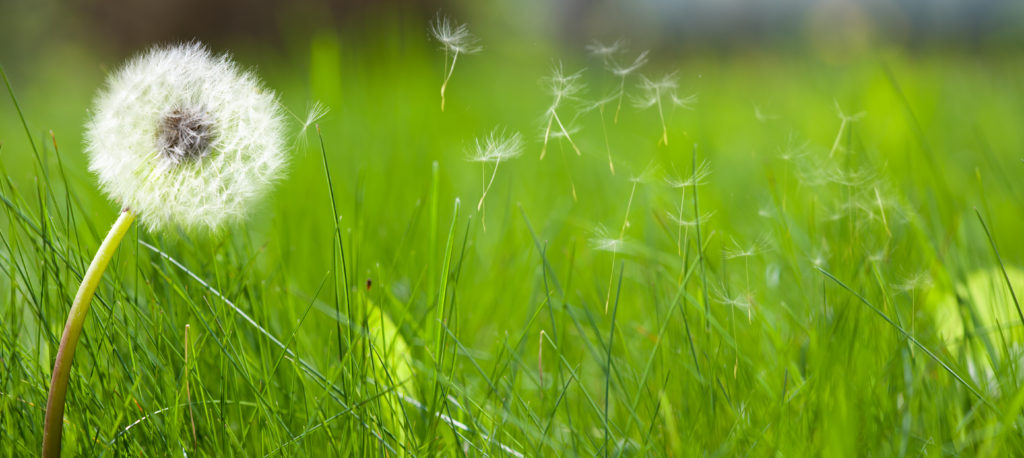
We decided to try to make our own parachutes
How to make a dandelion parachute
You'll need
Paper
Scissors
Sellotape
Optional paperclip
Instructions
Cut an A4 piece of paper lengthways in half so you have two long strips of paper. Roll each into a tube and stick it in place with sticky tape. Drop the tubes from somewhere high. You could try to time their fall (or just note it)
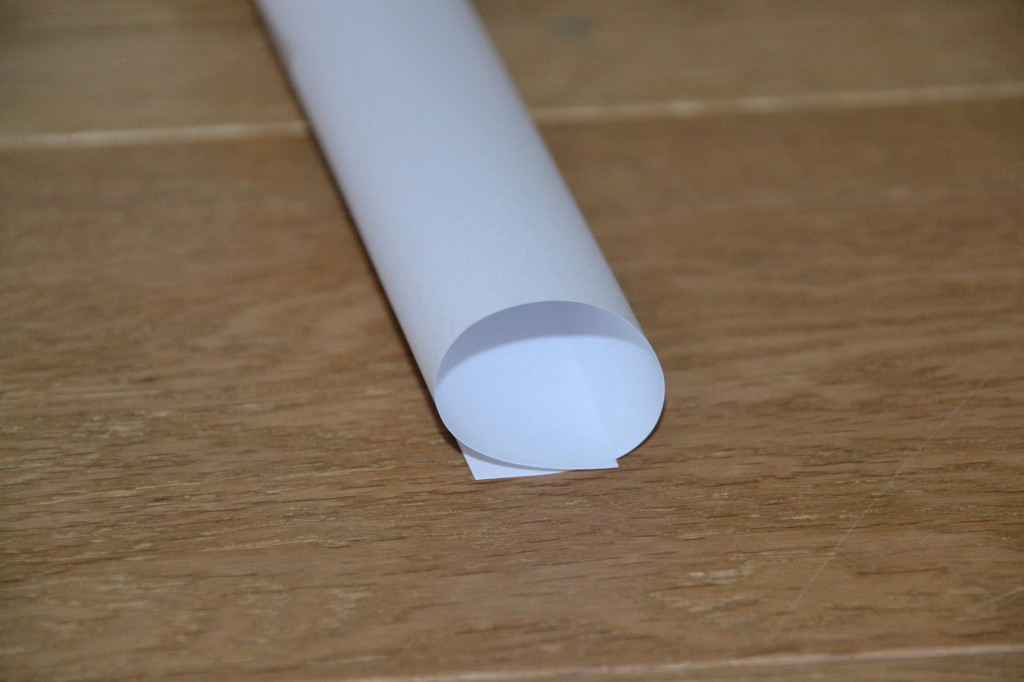
Now use the scissors to cut down the tube in several places. (We gave one tube wide flaps and one very thin flaps.)
Drop the tubes from somewhere high and watch them fall. Does one fall faster than the other? You could also compare the speed of a tube with no flaps falling from the same height.
You can add a paperclip to the bottom to add some weight, but this is not necessary.
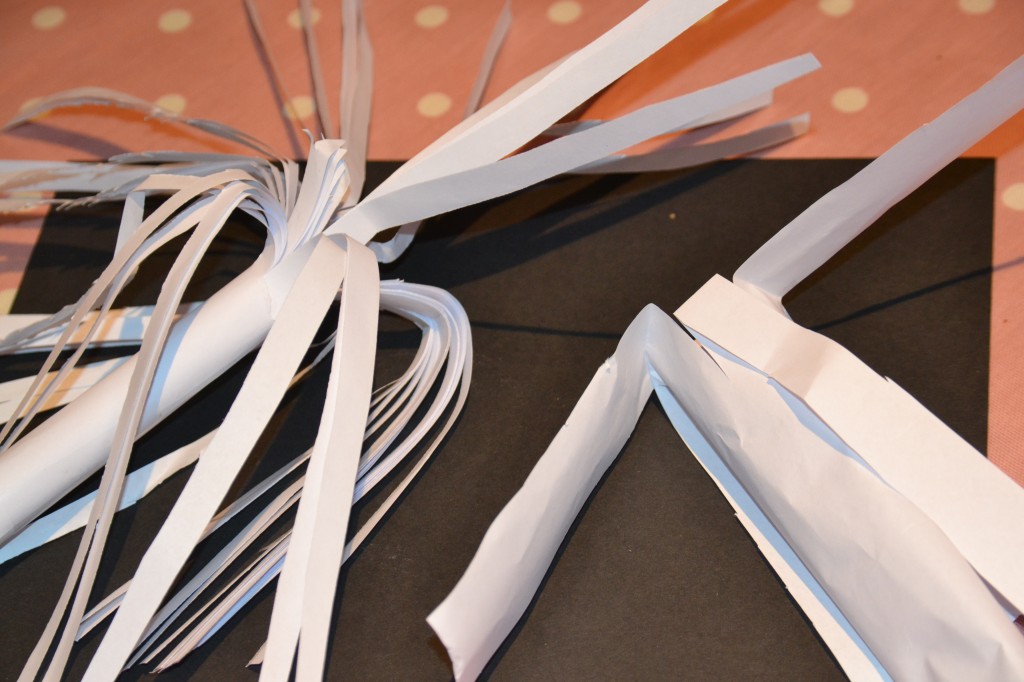
How does a dandelion parachute work?
When a dandelion has finished flowering, the flower head dries out, and the parachute ball opens into a full sphere. Eventually, the seed-bearing parachutes expand and are released. The seed drops off the parachute when it hits the ground or another object.
In our models, we were able to make the paper tubes stay in the air longer by providing flaps which offer more air resistance. This gives them the opportunity to float further away from where they were released. With dandelion seeds, this means they can spread out further from the main plant, meaning they can populate wider areas than if they just dropped straight off the plant.
Have a look at other ways plants disperse their seeds. We did notice our models spun as they fell to earth, which reminded us of sycamore seeds.
More dandelion and seed dispersal activities
Find out what happens to a dandelion in water.
Make spinning helicopters like a sycamore seed.
Last Updated on April 13, 2023 by Emma Vanstone
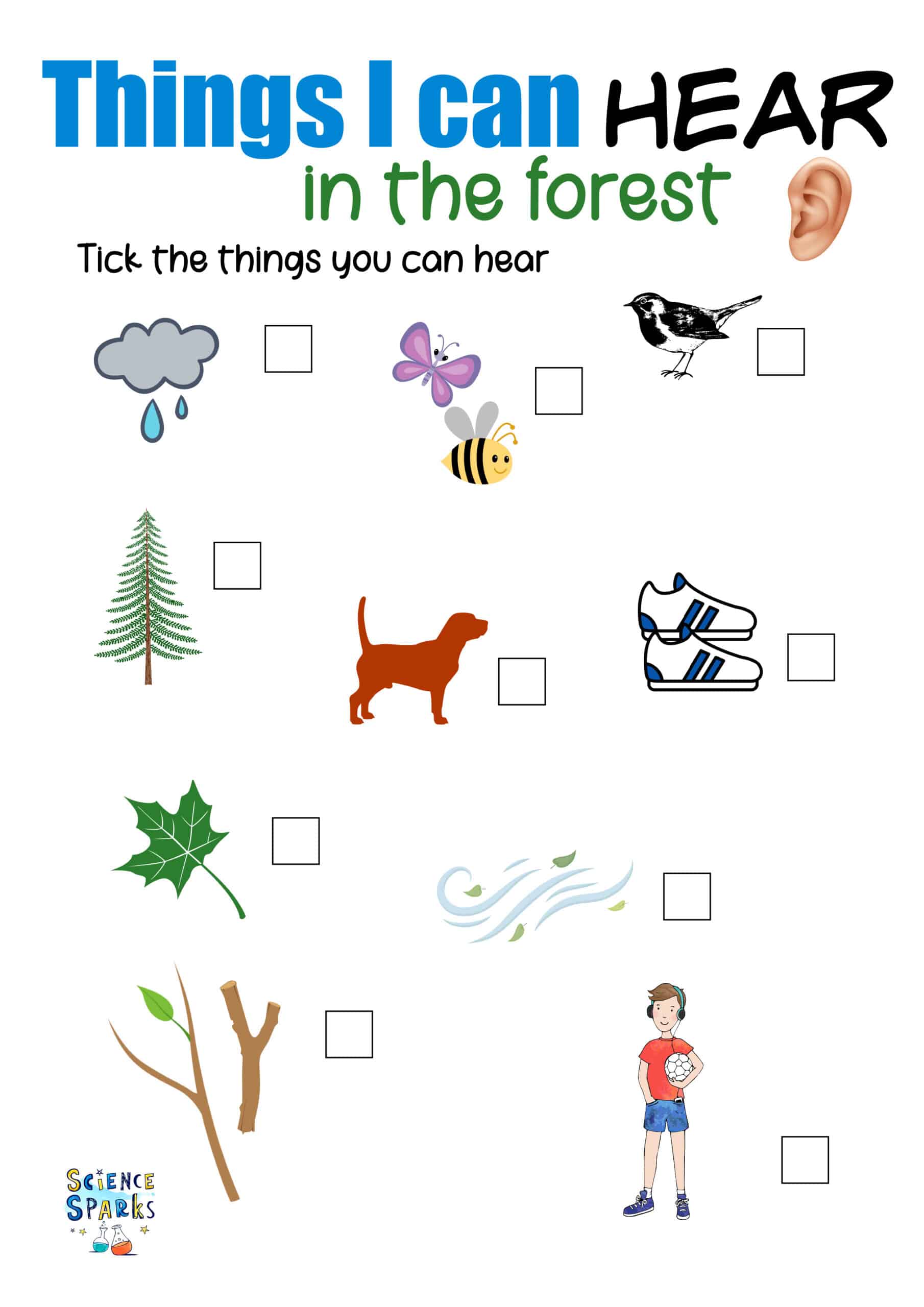
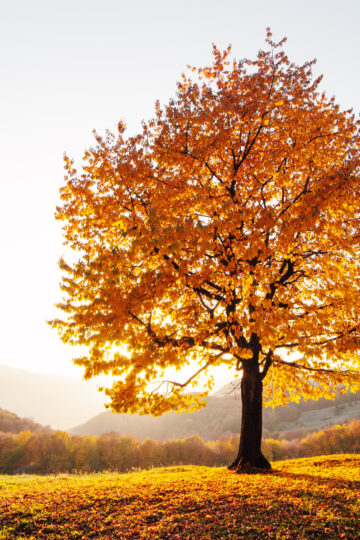
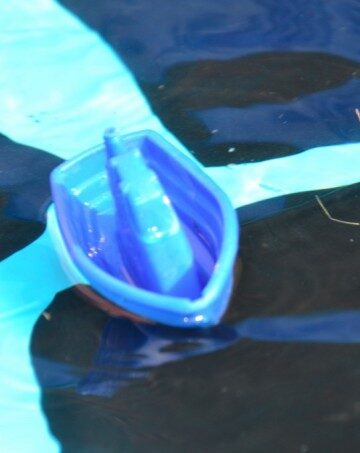

Carrie says
What a wonderful lesson!! Thank you for sharing at Sharing Saturday! I hope you have a fabulous weekend!